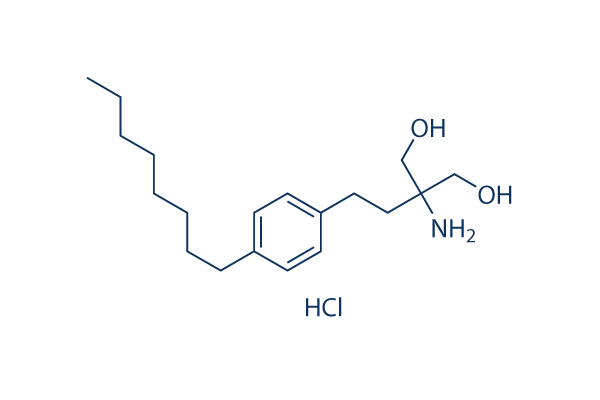It acts to slow down the breakdown of monoamine neurotransmitters through inhibition of monoamine oxidase A. Also, it has been shown to especially inhibit DYRK1A, an enzyme responsible for phosphorylation of tau and thereby may possibly act to slow tau pathology in AD and DS. Nomi fensine is a dopamine reuptake inhibitor originally pre scribed as an anti depressant that has been shown to reverse dopaminergic neurotoxicity and to have beneficial effects in Parkinsons illness. Carba chol is an acetylcholine receptor agonist, but with poor blood brain barrier penetration. The achievable appli cation on the other higher scoring compounds remains to become determined. Discussion and Conclusions We have collected transcriptional data from diverse plat type architectures corresponding to a variety of species.
By processing the information into effective fold profiles, with the expression levels factored by the typical level more than the experimental series and defined over a non redundant gene list, we can straight examine transcriptional profiles from arbitrary sources. The basic principal underly ing the utility inhibitor MP-470 of this method is that biological effects may be compared through the corresponding transcriptional modifications. This idea underlies the CMAP initiative for matching drug to phenotype by querying a database of drug induced transcriptional profiles with a profile defining the phenotype. We have extended this methodology to incorporate potentially all available transcriptional data. In its present version SPIED contains transcriptional profiles for 106,101 arrays covering five platform architectures and three species.
This could be effortlessly extended to include things like other platforms and species. The outcomes largely confirm the hypothesis that high scoring correlations correspond to similar biological processes. We’ve presented SPIED outcomes for drug perturbagen induced profile queries and queries derived from disease states. For brevity we focussed kinase inhibitor Palbociclib on three sets of drug therapy profiles corresponding to mTORPI3K, estrogen and HDAC inhibitors. SPIED searches with these queries showed correlations with other drug remedies belonging to the same classes and in the case on the mTOR antagonist rapamycin we located high anti correlations with all the profile of a cancer inducing fusion transformation, suggesting a novel indication for rapamycin.
Also, for brevity of exposition we focussed on two absolutely unrelated classes of pathology cancer and neurodegeneration. Within the case of leukaemia we show that a corticosteroid resistance signature derived from leukae mia cell cultures shows important correlation with  a lung cancer predisposition profile along with a pancreatic cancer pro file. Thereby implicating glucocorticoid resistance in these two pathologies. To illustrate the application of SPIED to neurodegenerative pathology we constructed a serious stage AD profile from a published study.
a lung cancer predisposition profile along with a pancreatic cancer pro file. Thereby implicating glucocorticoid resistance in these two pathologies. To illustrate the application of SPIED to neurodegenerative pathology we constructed a serious stage AD profile from a published study.
PKA Signal
PKA signal is required for initiation
